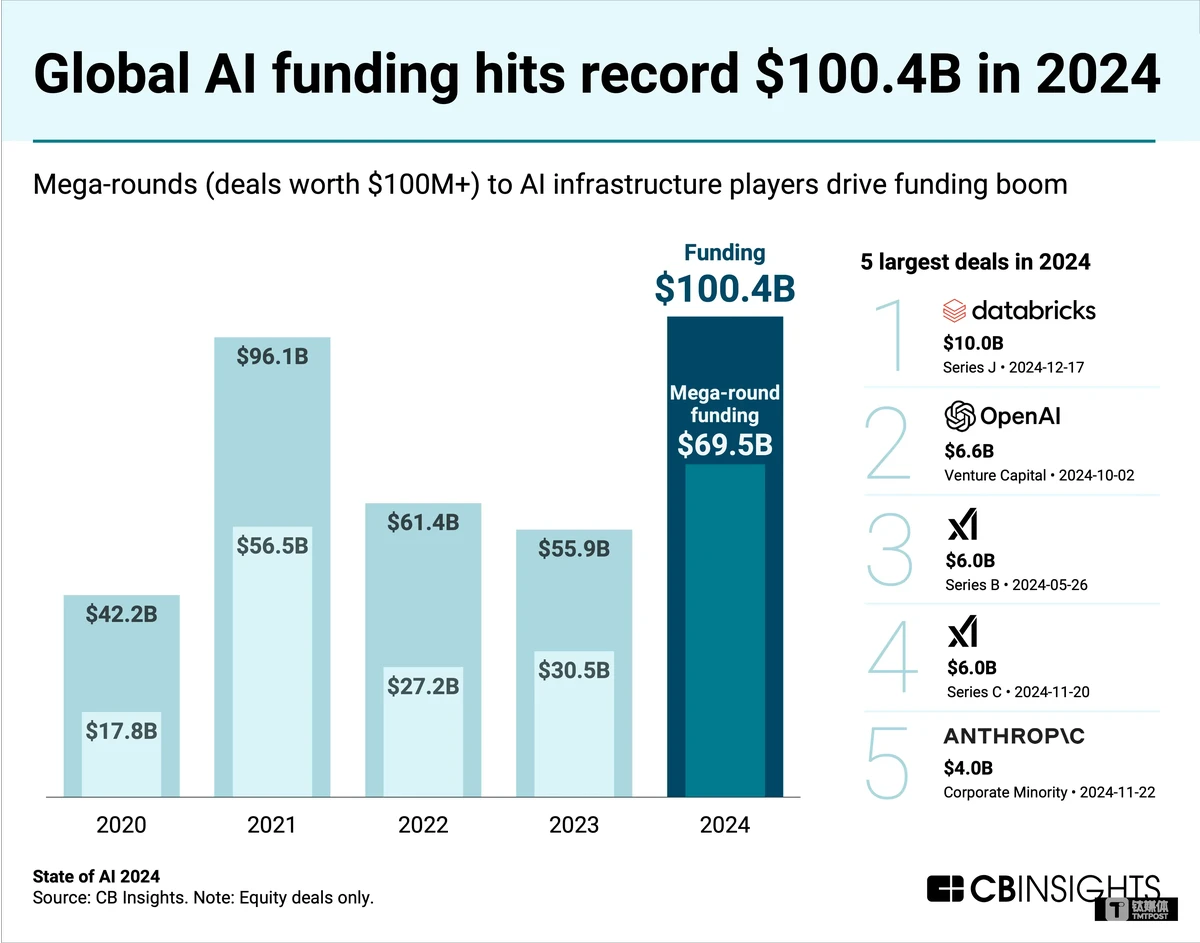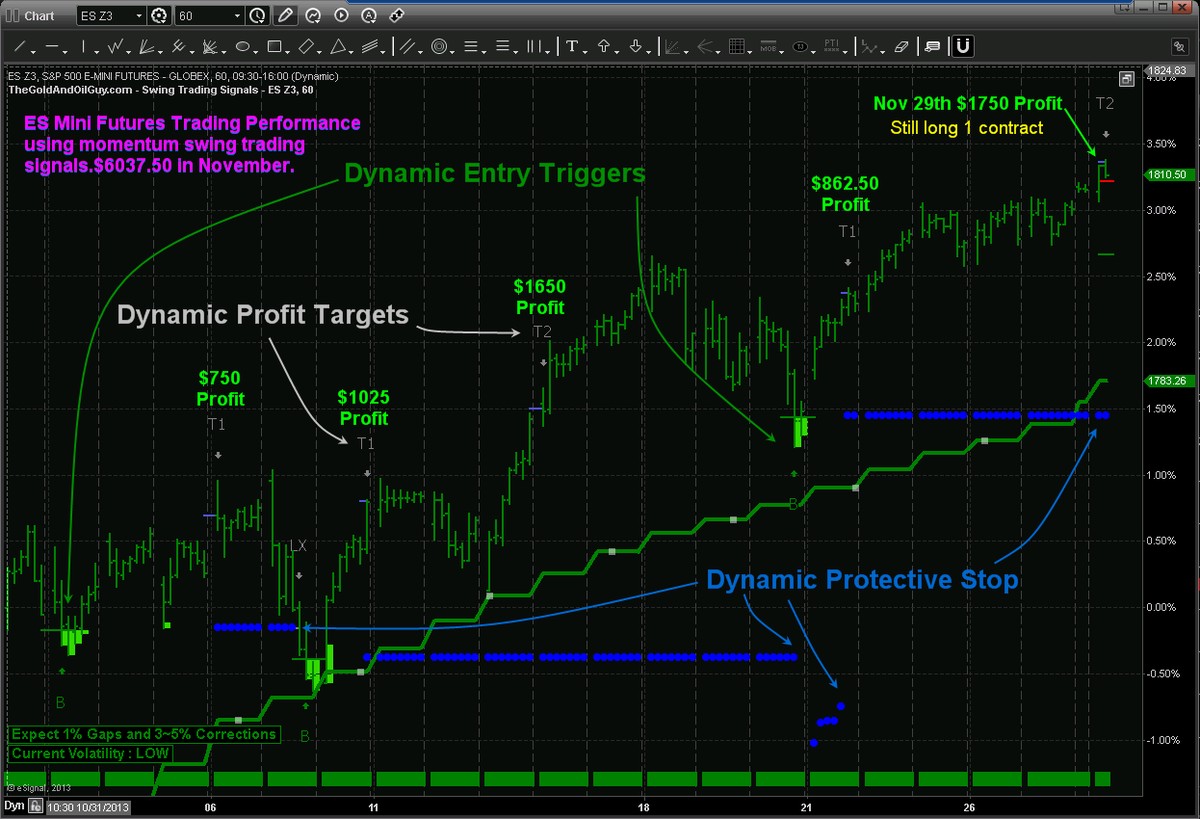===============================================
Optimizing quantitative trading strategies is one of the most critical steps in building a sustainable and profitable trading business. Many traders focus only on designing models or finding new alpha signals, but without a rigorous optimization process, even the most promising strategies can collapse in real markets. This article provides a detailed, step-by-step guide on how to optimize quantitative trading strategies, explores multiple methods, highlights common pitfalls, and offers actionable insights from real-world trading experience.
By the end, you will not only understand the technical foundations but also gain practical knowledge about how to improve execution, manage risk, and adapt your models to evolving market conditions.

Understanding Quantitative Trading Strategy Optimization
Before diving into optimization methods, it is essential to understand what optimization truly means in this context.
What is Optimization?
Optimization in quantitative trading refers to the process of adjusting model parameters, execution rules, and portfolio allocations to achieve the best balance between profitability, risk, and robustness. It is not merely about maximizing backtested returns—it is about improving generalization to unseen market conditions.
Why Optimization Matters
- Market Evolution: Markets are dynamic. A strategy that worked five years ago may no longer be relevant.
- Risk Control: Without optimization, strategies may expose you to hidden risks.
- Capital Efficiency: Optimized models ensure better allocation of limited trading capital.

Core Methods of Optimizing Quantitative Trading Strategies
1. Parameter Tuning with Robustness Testing
Parameter tuning is the most common optimization technique, but it must be approached carefully.
Process:
- Define Parameter Ranges: Identify meaningful ranges for indicators (e.g., moving average lengths, stop-loss levels).
- Use Walk-Forward Analysis: Instead of optimizing over the entire dataset, split data into training and testing periods.
- Apply Robustness Checks: Ensure the strategy performs well across multiple parameter sets, not just a single “sweet spot.”
Pros:
- Straightforward to implement.
- Helps identify sensitivity to inputs.
Cons:
- Risk of overfitting to historical data.
- Computationally intensive for large parameter spaces.
Backtest parameter heatmap showing robustness of different moving average combinations
2. Machine Learning-Based Optimization
With advances in computational finance, traders increasingly use machine learning (ML) models to optimize trading strategies.
Key Techniques:
- Bayesian Optimization: Efficiently searches parameter space without brute force.
- Genetic Algorithms: Mimic natural selection to evolve trading rules.
- Reinforcement Learning: Allows models to adapt by trial-and-error reward systems.
Pros:
- Can uncover nonlinear relationships missed by traditional methods.
- Faster convergence to optimal solutions.
Cons:
- Requires significant computing resources.
- Risk of model opacity (“black-box” issue).
Machine learning workflow applied to trading strategy optimization
3. Risk-Adjusted Performance Metrics
A critical mistake among beginners is optimizing for raw return. Professionals optimize based on risk-adjusted metrics.
Common Metrics:
- Sharpe Ratio: Measures excess return per unit of volatility.
- Sortino Ratio: Focuses only on downside risk.
- Calmar Ratio: Return relative to maximum drawdown.
By incorporating these, you avoid strategies that look profitable but collapse under stress.
4. Transaction Cost and Slippage Modeling
Many strategies fail in live trading because traders ignore realistic execution costs.
- Simulate Bid-Ask Spread: Include realistic spreads based on market data.
- Add Slippage Models: Account for delays between signal and execution.
- Liquidity Adjustments: Ensure strategy can handle position sizes without distorting prices.
This aligns with the broader discussion on how quantitative trading strategies work, as execution costs are as important as the signal itself.
5. Multi-Strategy Portfolio Optimization
Rather than optimizing a single model, many advanced traders diversify across multiple strategies.
- Use correlation analysis to combine uncorrelated signals.
- Apply mean-variance optimization or Black-Litterman models.
- Dynamically rebalance based on regime detection (e.g., volatility spikes, macro events).
This approach reduces the risk of catastrophic failure when one model underperforms.
Real-World Experience and Industry Trends
Having worked with systematic trading desks and observed failures from over-optimized retail strategies, I can confirm one key point: robustness beats perfection.
- Trend in Industry: Institutional traders are increasingly adopting machine learning optimization but still rely on classical walk-forward testing as a safeguard.
- Personal Experience: My early strategies looked great on backtests but collapsed in live markets due to execution costs. Only after integrating realistic transaction cost models did performance stabilize.
- Emerging Trend: Cloud-based backtesting platforms now allow parallelized optimization, reducing computation times from weeks to hours.
Case Comparison: Parameter Tuning vs Machine Learning
| Feature | Parameter Tuning | Machine Learning Optimization |
|---|---|---|
| Complexity | Low to medium | High |
| Risk of Overfitting | High if not careful | Moderate (depends on technique) |
| Interpretability | High | Often low (black-box models) |
| Adaptability to Market Changes | Limited | Strong if retrained properly |
| Resource Requirements | Low | High (computational power & expertise) |
Best Recommendation:
- Beginners should start with parameter tuning combined with walk-forward analysis.
- Advanced traders can integrate machine learning methods for greater adaptability.
Frequently Asked Questions (FAQ)
1. What is the biggest mistake when optimizing trading strategies?
The most common mistake is overfitting to historical data. A model may look extremely profitable in backtests but fail miserably in live markets. Always use walk-forward testing, out-of-sample validation, and robustness checks.
2. Should I optimize for maximum return or risk-adjusted metrics?
Always optimize for risk-adjusted performance. Raw returns without considering volatility, drawdowns, and tail risks are misleading. For example, two strategies may produce the same return, but the one with lower volatility is more sustainable.
3. How often should I re-optimize my strategies?
It depends on the market and strategy type:
- High-frequency strategies may require monthly or even weekly re-optimization.
- Swing/position strategies can be updated quarterly or semi-annually.
The key is to balance adaptability with stability—too frequent changes can destabilize performance.
Conclusion: Building Sustainable Quantitative Trading Strategies
Learning how to optimize quantitative trading strategies is not a one-time task but an ongoing process of refinement. From parameter tuning to machine learning, from transaction cost modeling to portfolio diversification, each step adds resilience to your trading system.
For beginners, mastering classical methods first is crucial, while advanced traders can leverage AI and advanced optimization techniques. Additionally, exploring resources such as where to find quantitative trading courses can accelerate your learning and provide practical case studies to test against.
Optimization is not about chasing perfect backtests—it is about building strategies that survive and thrive in the real market.
If you found this guide useful, feel free to share it with fellow traders, leave a comment with your own optimization experiences, and join the discussion on best practices for sustainable quantitative trading.
Would you like me to also prepare a step-by-step optimization checklist (PDF format) that traders can use as a practical reference when designing or improving their strategies?

0 Comments
Leave a Comment